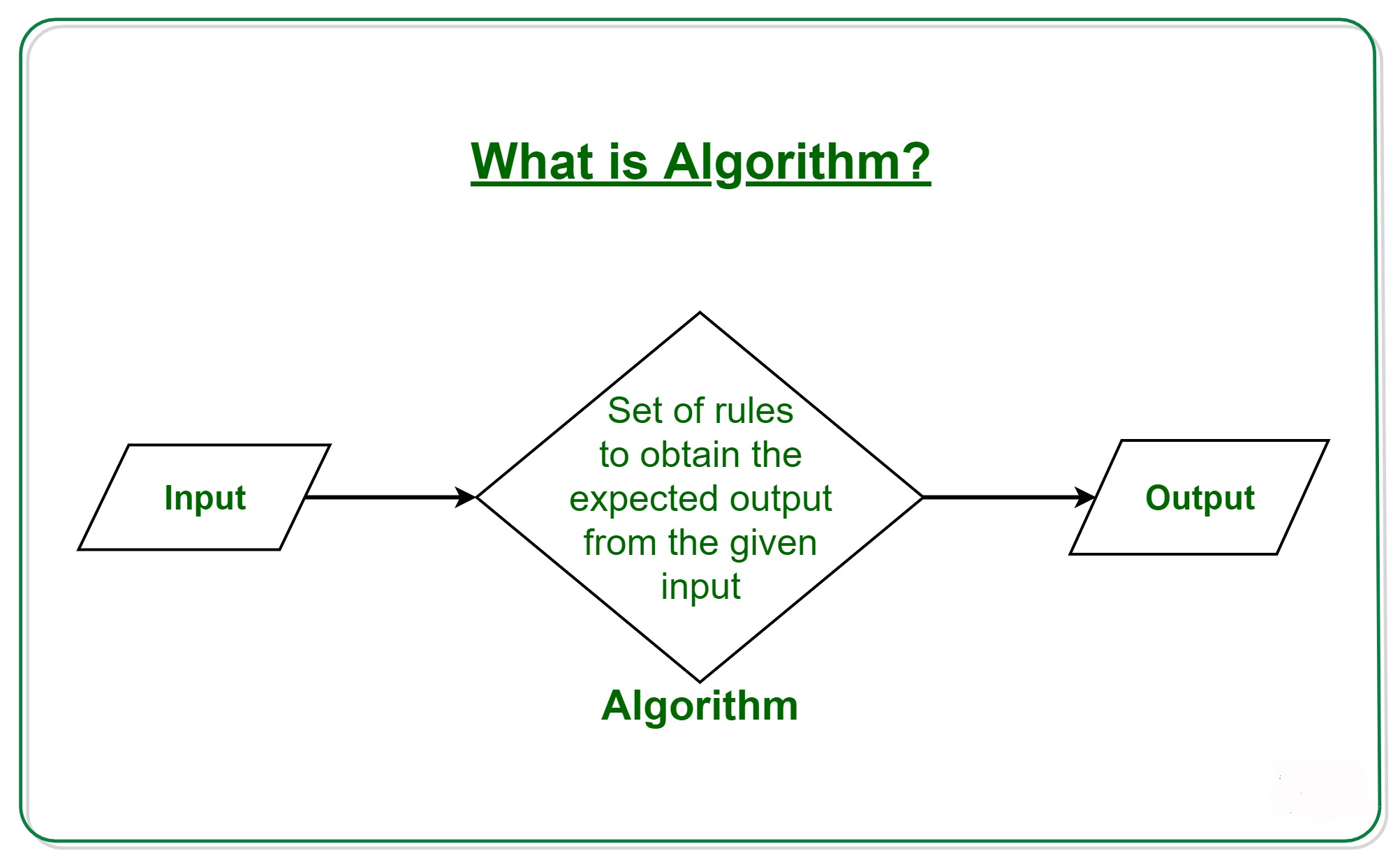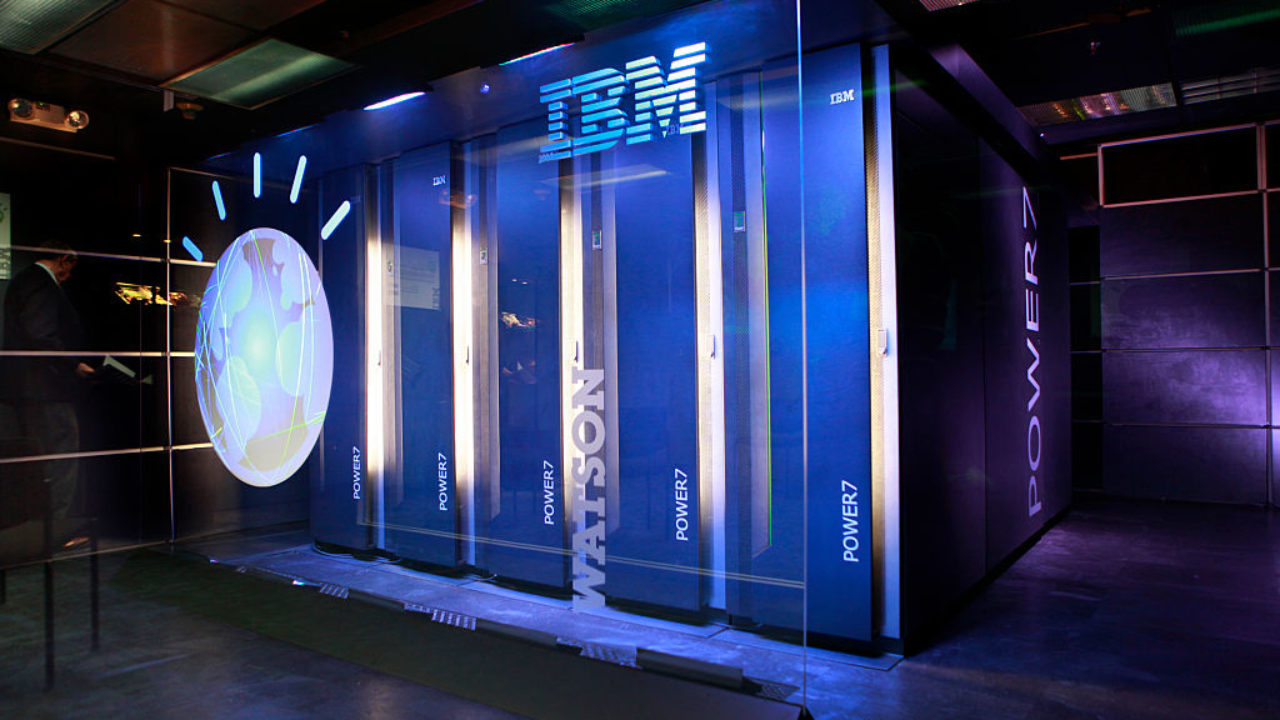
A faster way to classify land cover has been developed using AI. It is aimed at empowering more organizations to manage lands. This article will explain the benefits of AI for land cover classification. This article will describe how this technique works in international firms as well as the diagnosis of medical disorders. AI can be used to diagnose diseases and screen international companies. What are the best methods?
Machine learning
Responsible data collection and proper documentation are crucial components of machine-learning. Although machine learning algorithms may not be perfect, they can be improved in many areas. Statistic relational AI uses a rule-based approach to describe concepts and their relationships. Combining machine learning and symbolic AI can transform data usage in an enterprise. These are some of the many applications of machine intelligence.
Start by comparing the evaluation data with the training data. Next, we assess how accurate our model is. A machine learning algorithm can work with many different data sets and can make a final decision based upon this information. Robert Laubacher of MIT and Daniela Rus from MIT have created a 21-question rubric that helps businesses decide if a job is suitable for machinelearning.

Dreyfus's positioned approach
The philosopher Bert Dreyfus is the most prominent opponent of symbolic AI. He claimed that disembodied machines could not mimic higher mental functions. To generate general intelligence, the Al community relied on symbolic representations. AI researchers today are more inclined towards philosophy. Dreyfus's alternative view of intelligence emphasizes the importance of the physical body as well as basic activities.
Dreyfus distinguishes between four types knowledge in the book: associationistic, formal simple, formal complex and non-formal. The associationistic kind of knowledge is something that is inherent or acquired through repetition. The formally simple knowledge is the best for artificial intelligence. The new affordances directly resonate with the brain. Dreyfus emphasized the importance learning by experience.
AI in diagnosing medical diseases
Stanford University researchers developed an AI system for accurately diagnosing skin cancer. The algorithm was trained with 130,000 images of different types of skin lesion. The higher the patient's odds of beating the disease, the sooner the cancer is diagnosed. It is still a new system. In the meantime, more research is needed before it can be used in everyday clinical practice. We still have a lot of work to do before AI can diagnose medical diseases.
AI is being used to diagnose medical diseases. However, some doctors remain skeptical that AI can replace physicians. It is unlikely that AI will replace doctors. However, AI may help to highlight potentially dangerous cardiac patterns and malignant lesions in scans. It is often expensive to develop drugs. Machine Learning can speed up the process, cutting out many millions of dollars spent on research and allowing for years of efficiency.

AI used in screening international firms
AI is an advanced technology, but the technology is expensive, and AI companies are concentrated in developed economies. AI usage is likely to differ between countries depending on their economic resources. Angola is in the bottom half of the list, while Singapore is at the top. AI is a powerful tool for sorting through information from multinational firms. But it might not work in every country. AI is still a relatively new technology and benefits of it are not well known.
While many firms already collect and analyze consumer data, AI is becoming increasingly important in the screening process of multinational firms. AI-based algorithms must learn to understand cultural differences and how nonverbal cues can be translated into body language. Such technologies should be used by firms that want to expand their global footprint. The technology can be used to improve lives in economically disadvantaged areas. However, there are many obstacles.
FAQ
What will the government do about AI regulation?
AI regulation is something that governments already do, but they need to be better. They must make it clear that citizens can control the way their data is used. They must also ensure that AI is not used for unethical purposes by companies.
They need to make sure that we don't create an unfair playing field for different types of business. For example, if you're a small business owner who wants to use AI to help run your business, then you should be allowed to do that without facing restrictions from other big businesses.
What does AI do?
An algorithm refers to a set of instructions that tells computers how to solve problems. An algorithm can be described in a series of steps. Each step is assigned a condition which determines when it should be executed. Each instruction is executed sequentially by the computer until all conditions have been met. This process repeats until the final result is achieved.
Let's say, for instance, you want to find 5. You could write down every single number between 1 and 10, calculate the square root for each one, and then take the average. You could instead use the following formula to write down:
sqrt(x) x^0.5
This says to square the input, divide it by 2, then multiply by 0.5.
The same principle is followed by a computer. It takes your input, squares and multiplies by 2 to get 0.5. Finally, it outputs the answer.
How does AI work?
An artificial neural system is composed of many simple processors, called neurons. Each neuron receives inputs form other neurons and uses mathematical operations to interpret them.
The layers of neurons are called layers. Each layer serves a different purpose. The raw data is received by the first layer. This includes sounds, images, and other information. These data are passed to the next layer. The next layer then processes them further. Finally, the last layer produces an output.
Each neuron has its own weighting value. This value is multiplied with new inputs and added to the total weighted sum of all prior values. If the result exceeds zero, the neuron will activate. It sends a signal to the next neuron telling them what to do.
This process repeats until the end of the network, where the final results are produced.
What does the future hold for AI?
The future of artificial intelligence (AI) lies not in building machines that are smarter than us but rather in creating systems that learn from experience and improve themselves over time.
Also, machines must learn to learn.
This would mean developing algorithms that could teach each other by example.
We should also consider the possibility of designing our own learning algorithms.
It's important that they can be flexible enough for any situation.
Which industries use AI most frequently?
The automotive industry was one of the first to embrace AI. BMW AG uses AI as a diagnostic tool for car problems; Ford Motor Company uses AI when developing self-driving cars; General Motors uses AI with its autonomous vehicle fleet.
Other AI industries include insurance, banking, healthcare, retail and telecommunications.
AI: Why do we use it?
Artificial intelligence is an area of computer science that deals with the simulation of intelligent behavior for practical applications such as robotics, natural language processing, game playing, etc.
AI is also referred to as machine learning, which is the study of how machines learn without explicitly programmed rules.
AI is widely used for two reasons:
-
To make our lives simpler.
-
To be able to do things better than ourselves.
Self-driving vehicles are a great example. We don't need to pay someone else to drive us around anymore because we can use AI to do it instead.
Which are some examples for AI applications?
AI can be used in many areas including finance, healthcare and manufacturing. Here are just some examples:
-
Finance - AI is already helping banks to detect fraud. AI can scan millions of transactions every day and flag suspicious activity.
-
Healthcare – AI is used in healthcare to detect cancerous cells and recommend treatment options.
-
Manufacturing - AI in factories is used to increase efficiency, and decrease costs.
-
Transportation - Self-driving vehicles have been successfully tested in California. They are now being trialed across the world.
-
Utilities use AI to monitor patterns of power consumption.
-
Education - AI can be used to teach. Students can communicate with robots through their smartphones, for instance.
-
Government - AI can be used within government to track terrorists, criminals, or missing people.
-
Law Enforcement - AI is used in police investigations. Investigators have the ability to search thousands of hours of CCTV footage in databases.
-
Defense - AI is being used both offensively and defensively. It is possible to hack into enemy computers using AI systems. Defensively, AI can be used to protect military bases against cyber attacks.
Statistics
- A 2021 Pew Research survey revealed that 37 percent of respondents who are more concerned than excited about AI had concerns including job loss, privacy, and AI's potential to “surpass human skills.” (builtin.com)
- By using BrainBox AI, commercial buildings can reduce total energy costs by 25% and improves occupant comfort by 60%. (analyticsinsight.net)
- While all of it is still what seems like a far way off, the future of this technology presents a Catch-22, able to solve the world's problems and likely to power all the A.I. systems on earth, but also incredibly dangerous in the wrong hands. (forbes.com)
- More than 70 percent of users claim they book trips on their phones, review travel tips, and research local landmarks and restaurants. (builtin.com)
- Additionally, keeping in mind the current crisis, the AI is designed in a manner where it reduces the carbon footprint by 20-40%. (analyticsinsight.net)
External Links
How To
How to Set Up Siri To Talk When Charging
Siri is capable of many things but she can't speak back to people. Your iPhone does not have a microphone. If you want Siri to respond back to you, you must use another method such as Bluetooth.
Here's how to make Siri speak when charging.
-
Select "Speak When Locked" under "When Using Assistive Touch."
-
To activate Siri, hold down the home button two times.
-
Ask Siri to Speak.
-
Say, "Hey Siri."
-
Say "OK."
-
You can say, "Tell us something interesting!"
-
Say "I am bored," "Play some songs," "Call a friend," "Remind you about, ""Take pictures," "Set up a timer," and "Check out."
-
Say "Done."
-
If you wish to express your gratitude, say "Thanks!"
-
Remove the battery cover (if you're using an iPhone X/XS).
-
Insert the battery.
-
Reassemble the iPhone.
-
Connect the iPhone with iTunes
-
Sync the iPhone
-
Switch on the toggle switch for "Use Toggle".